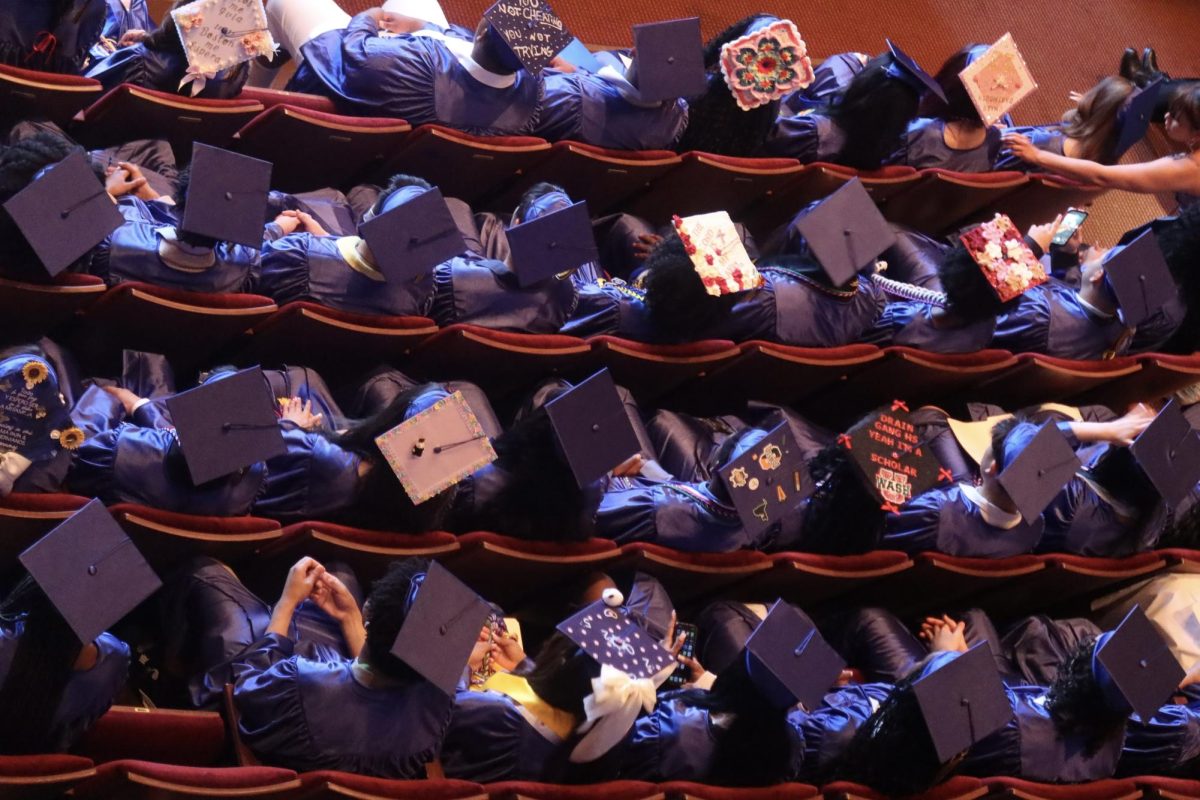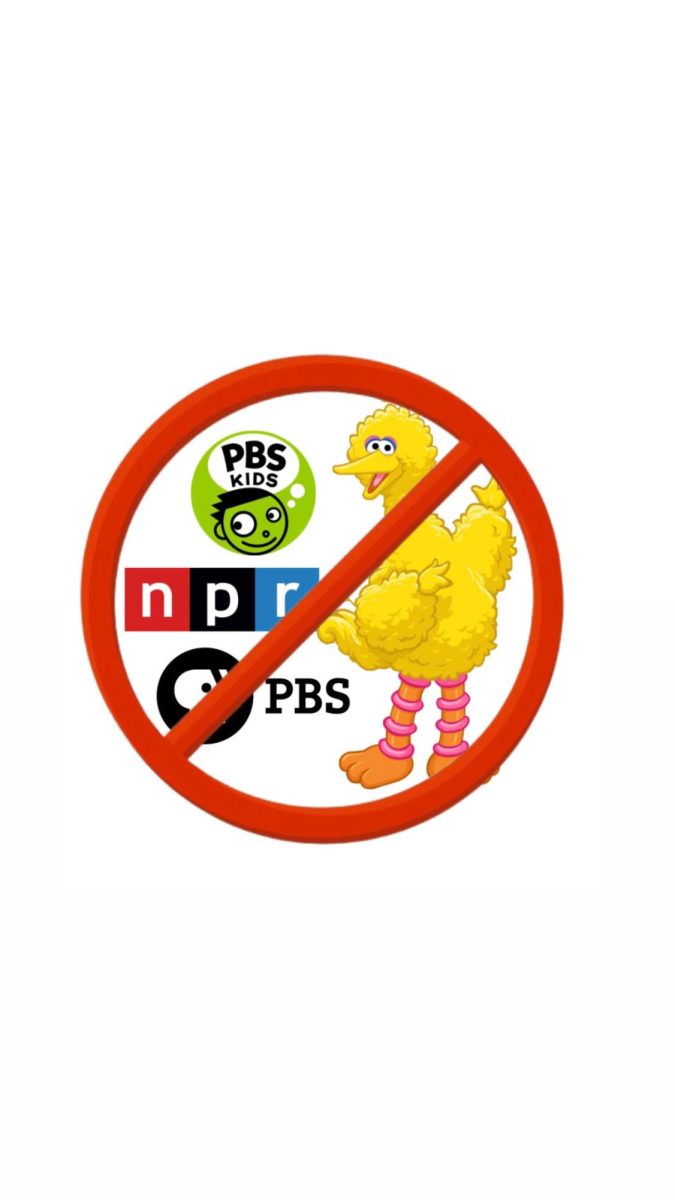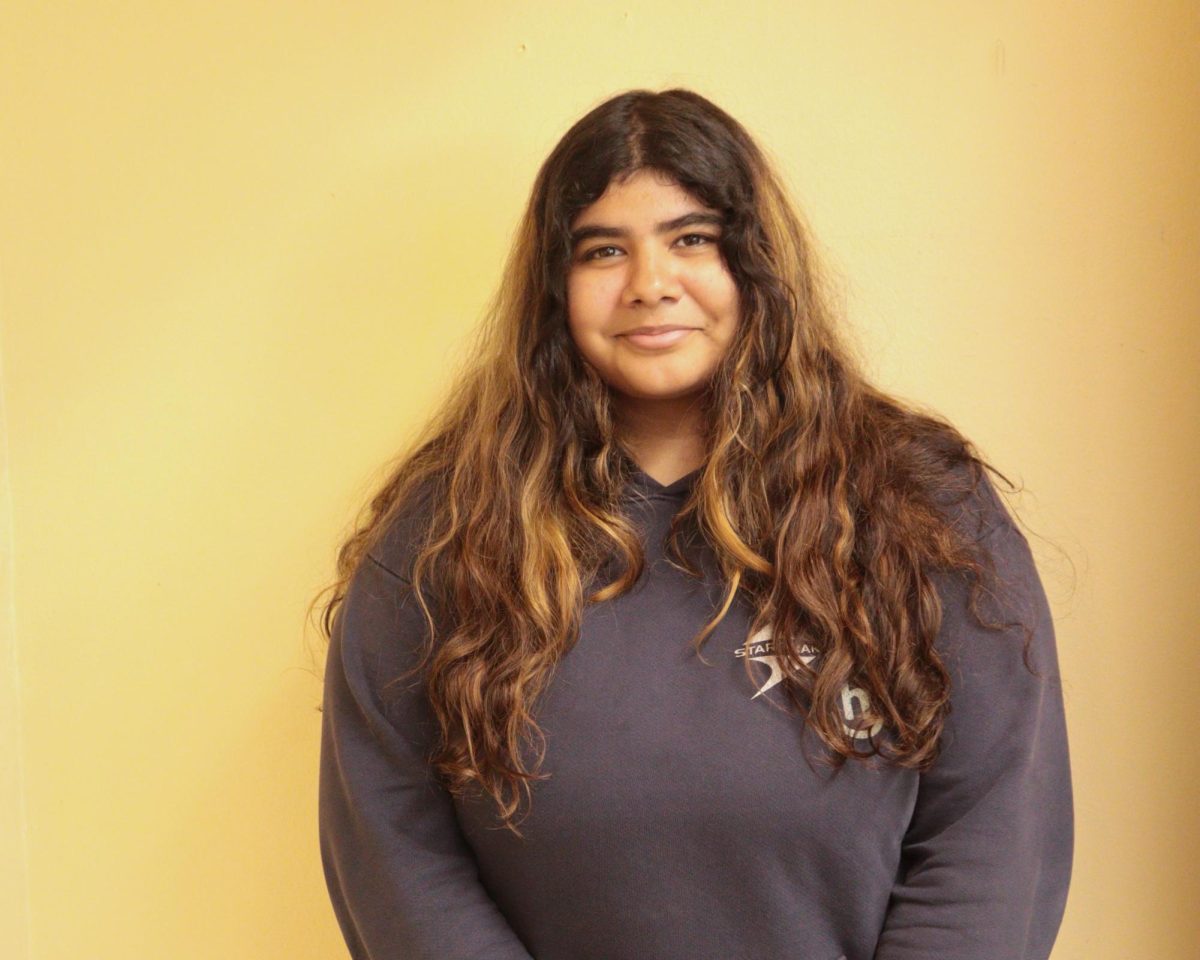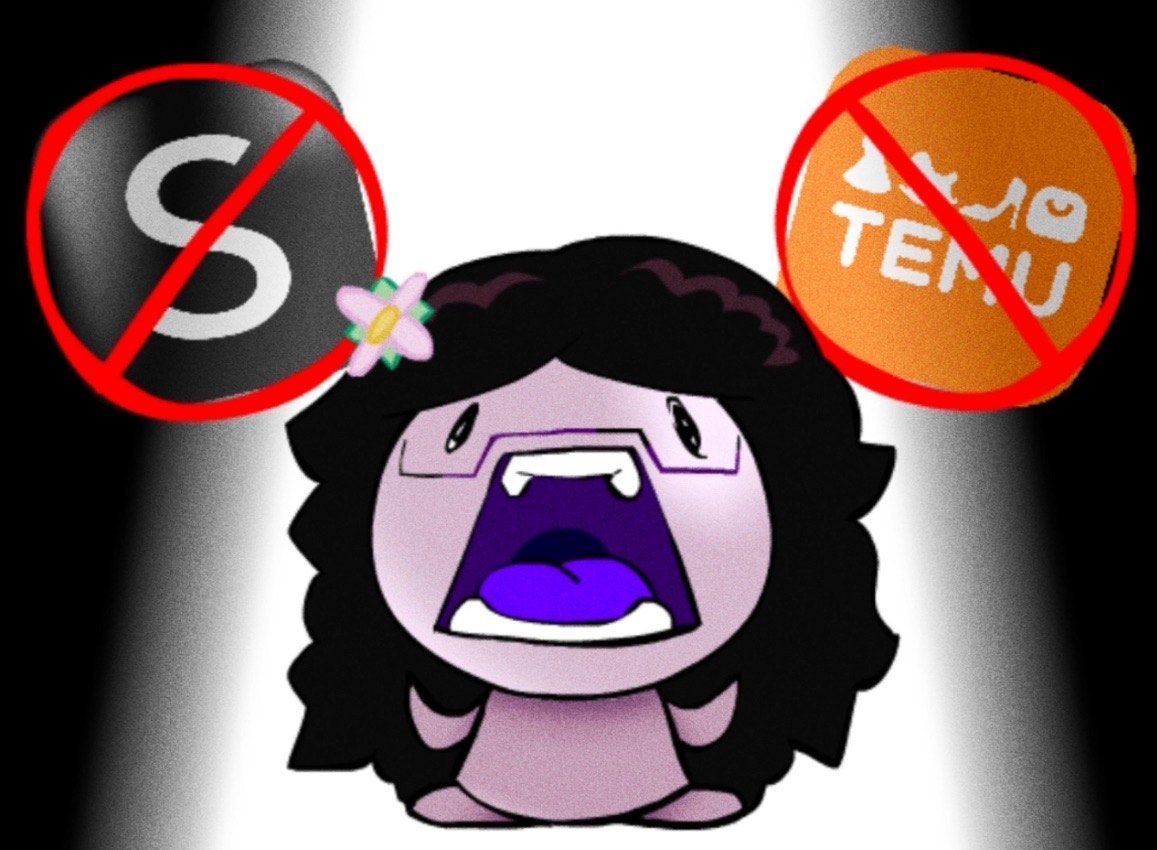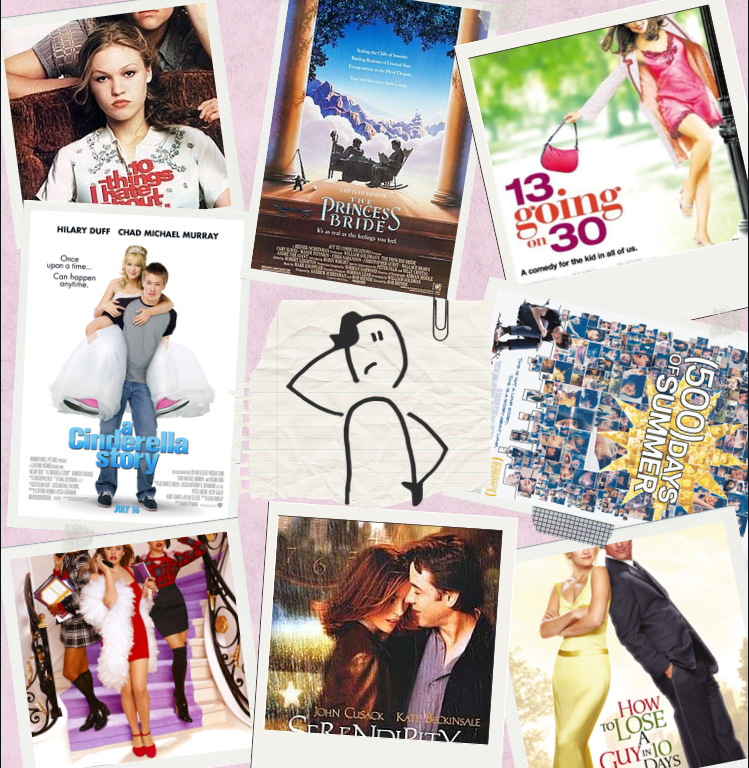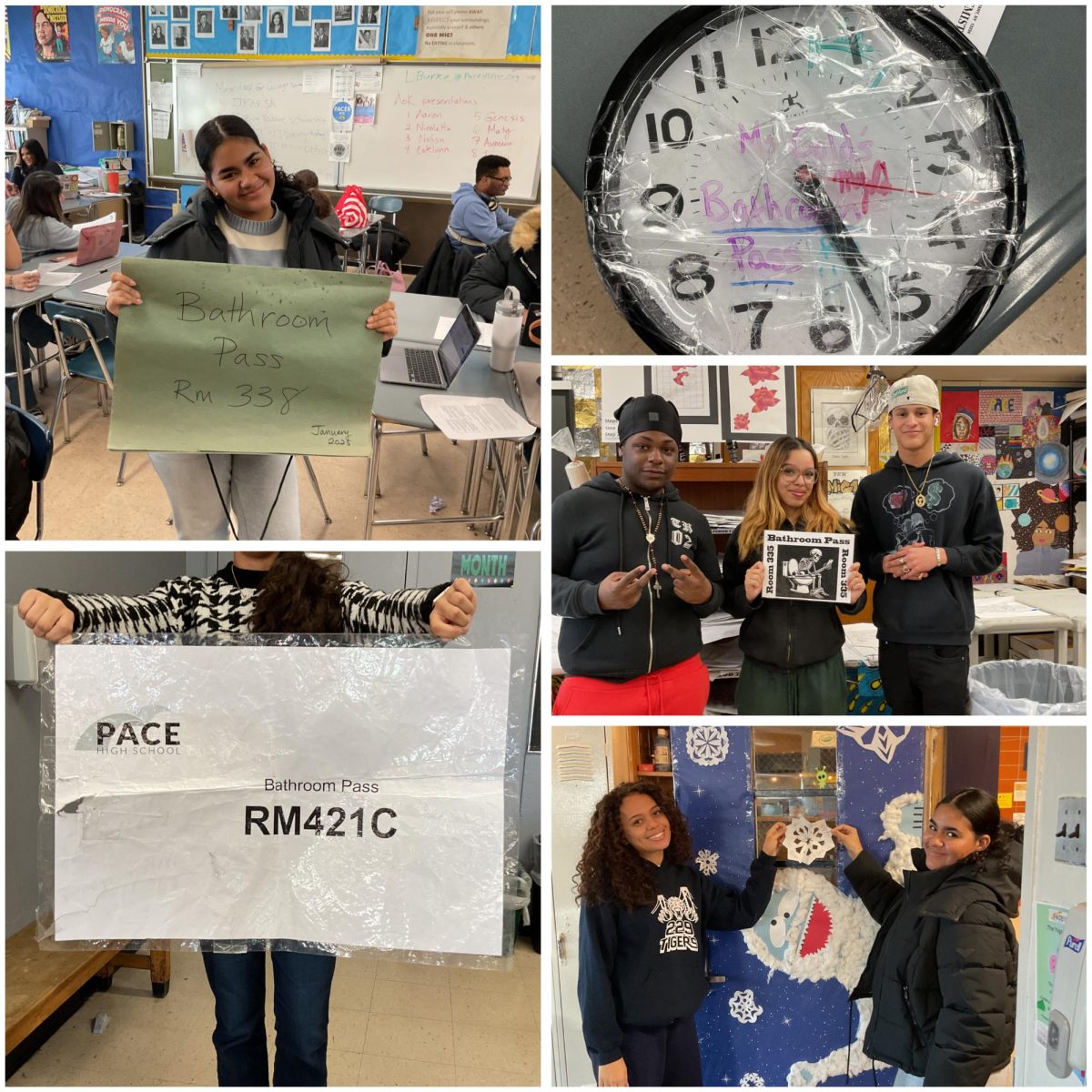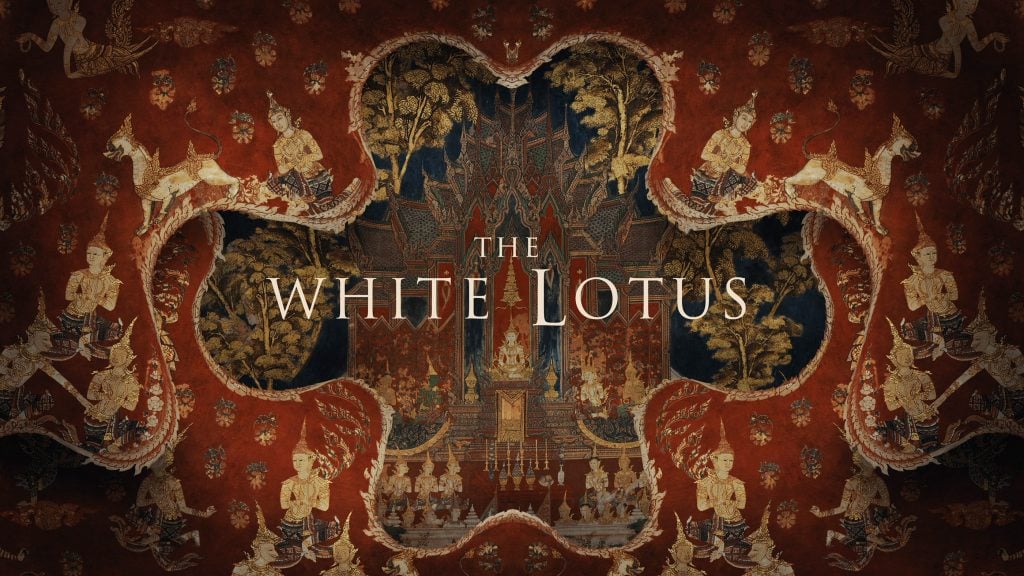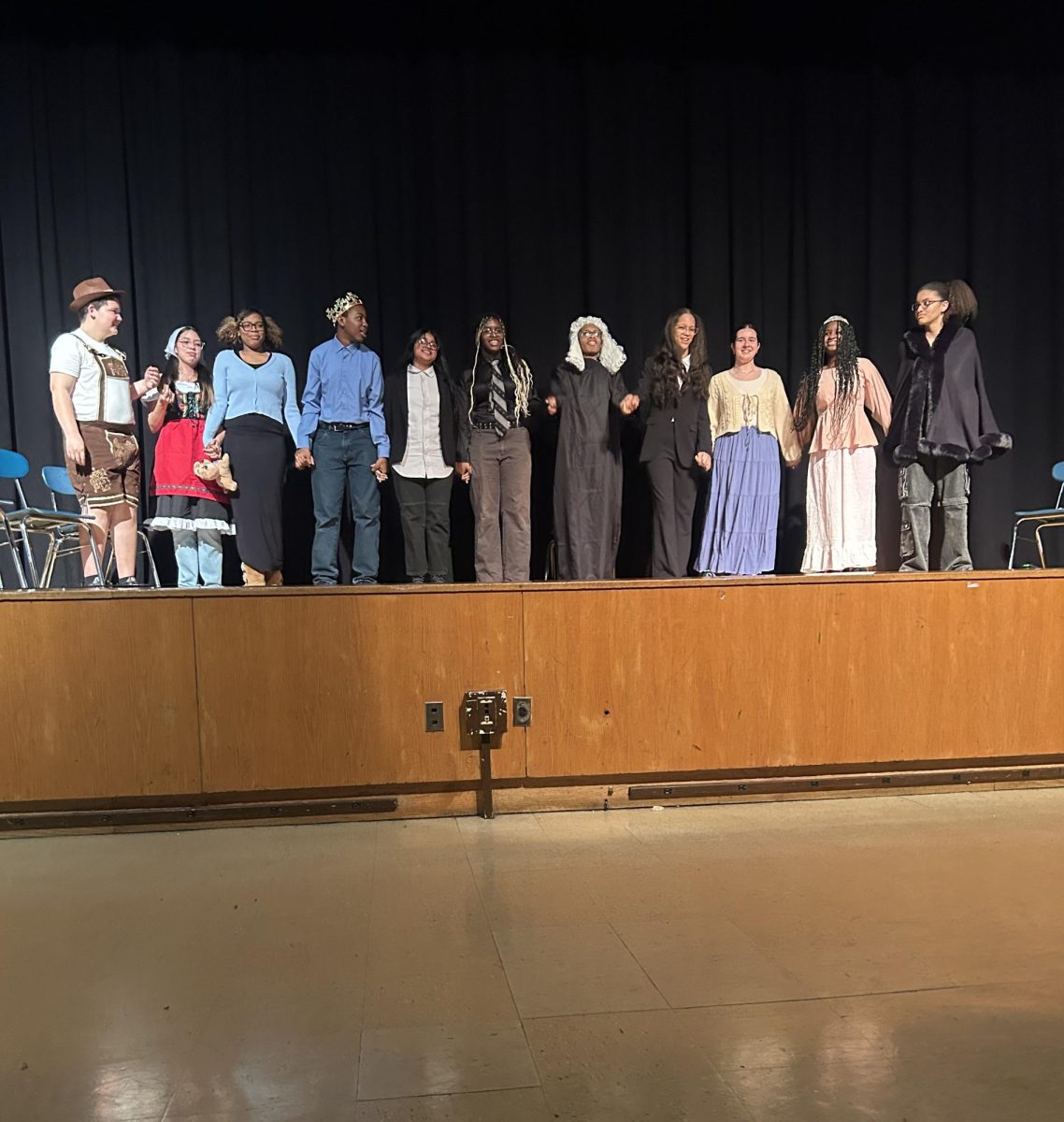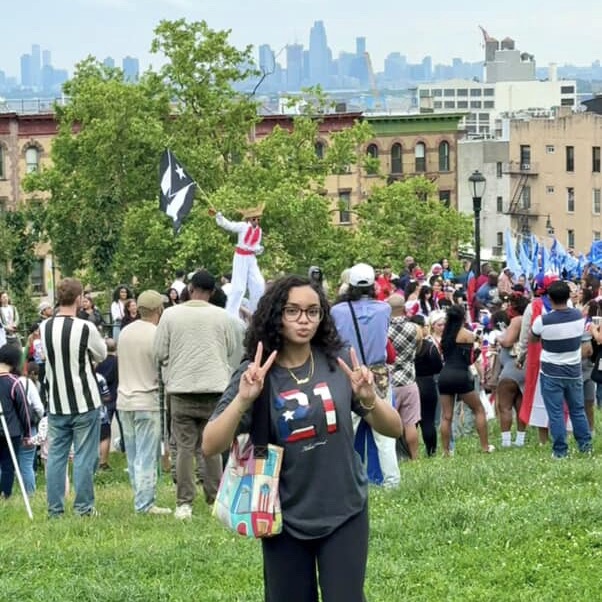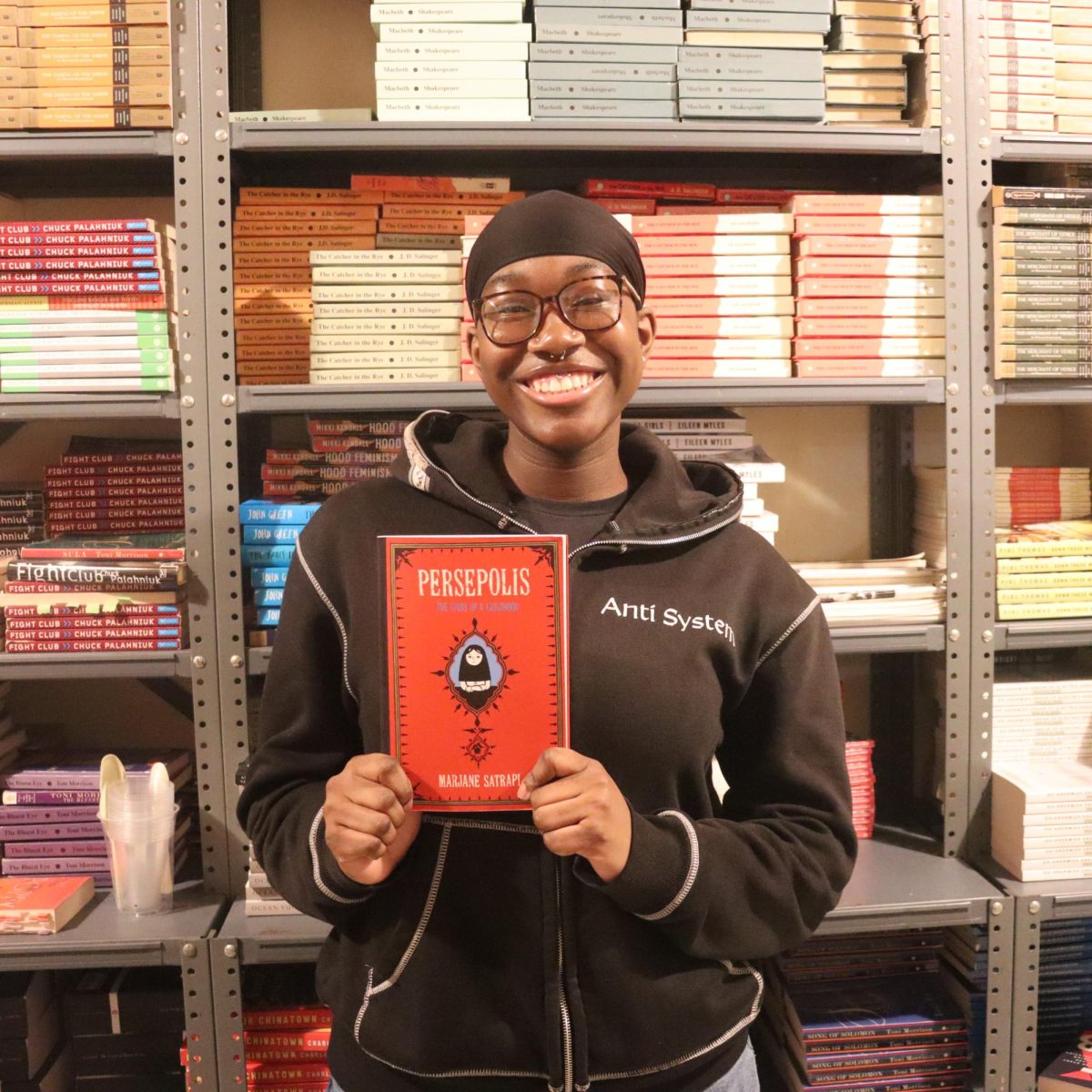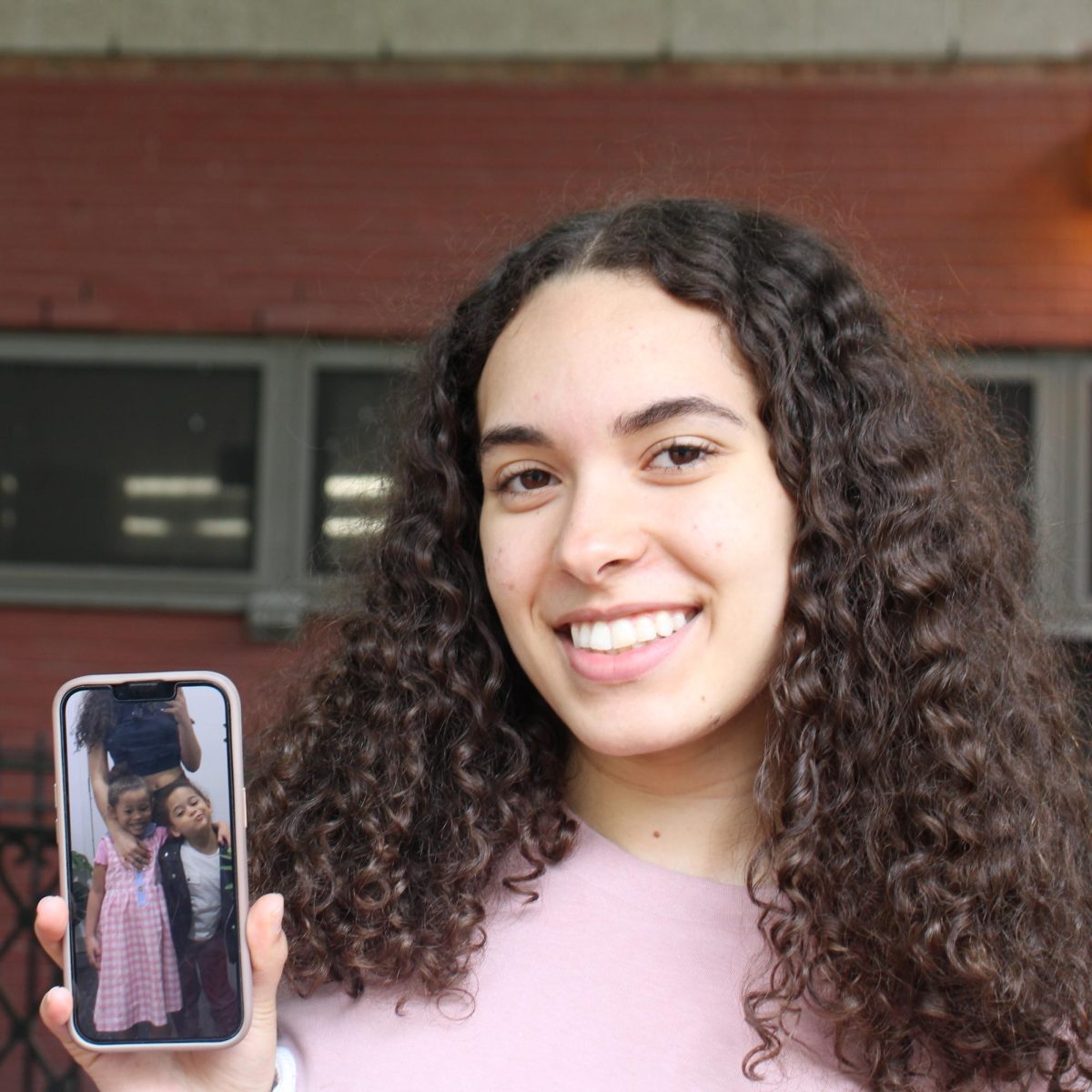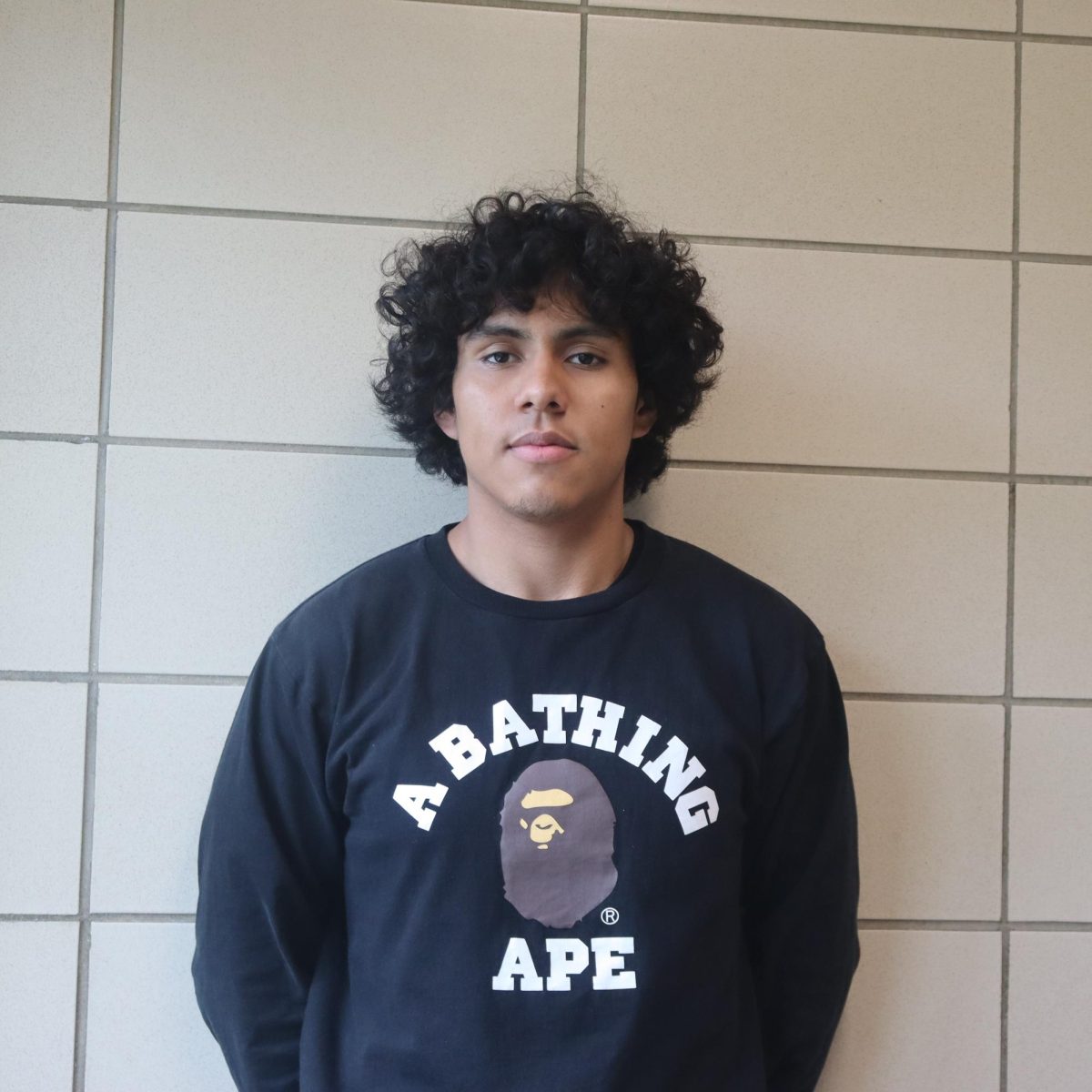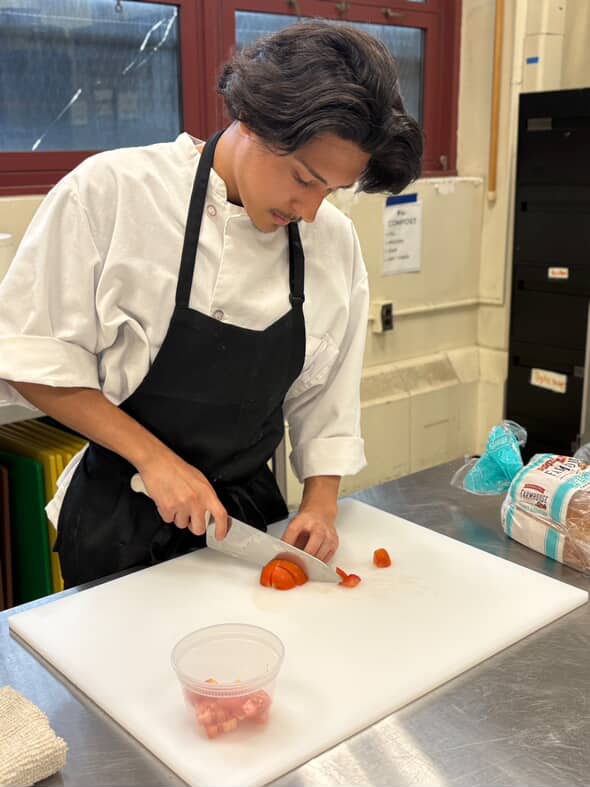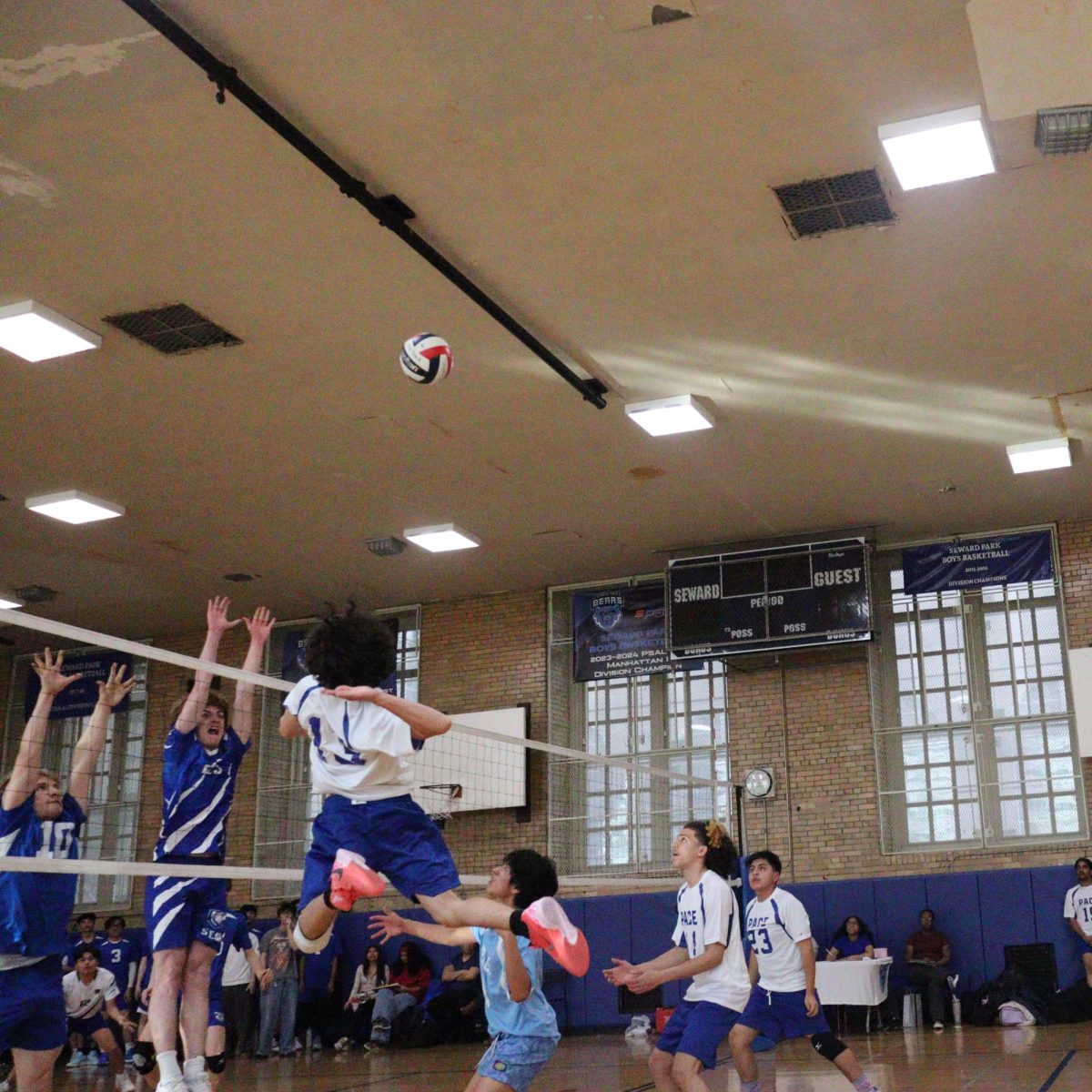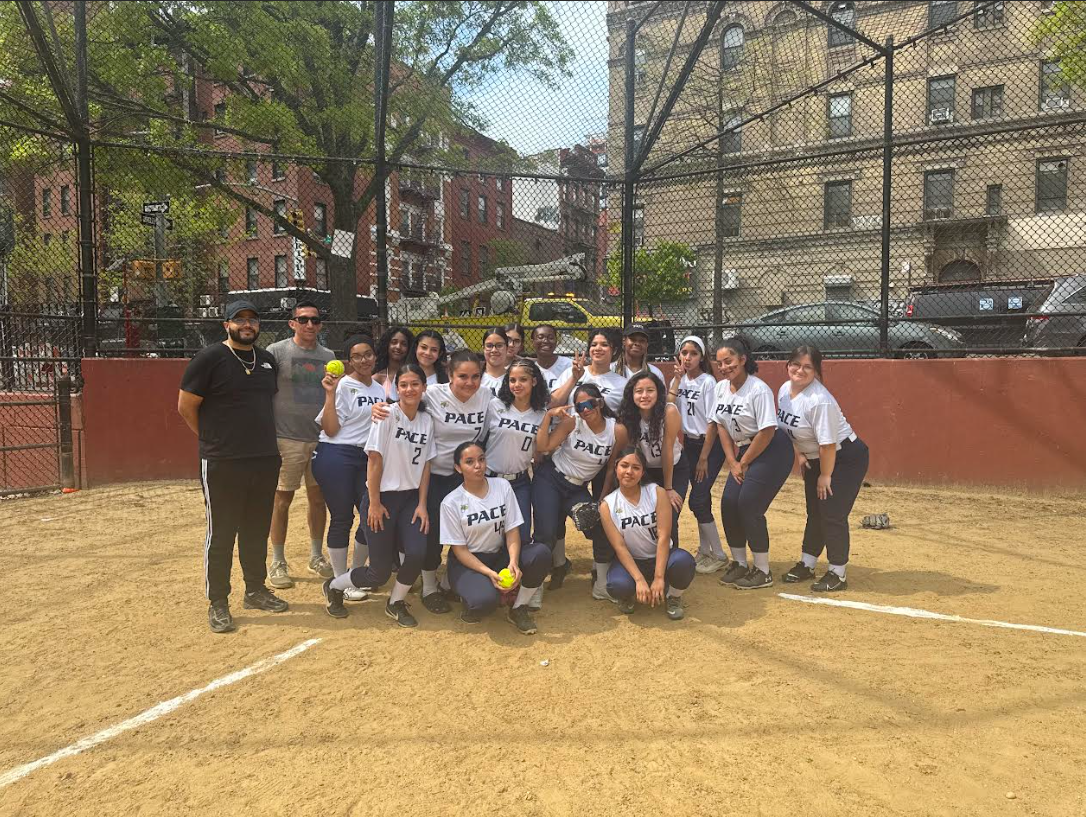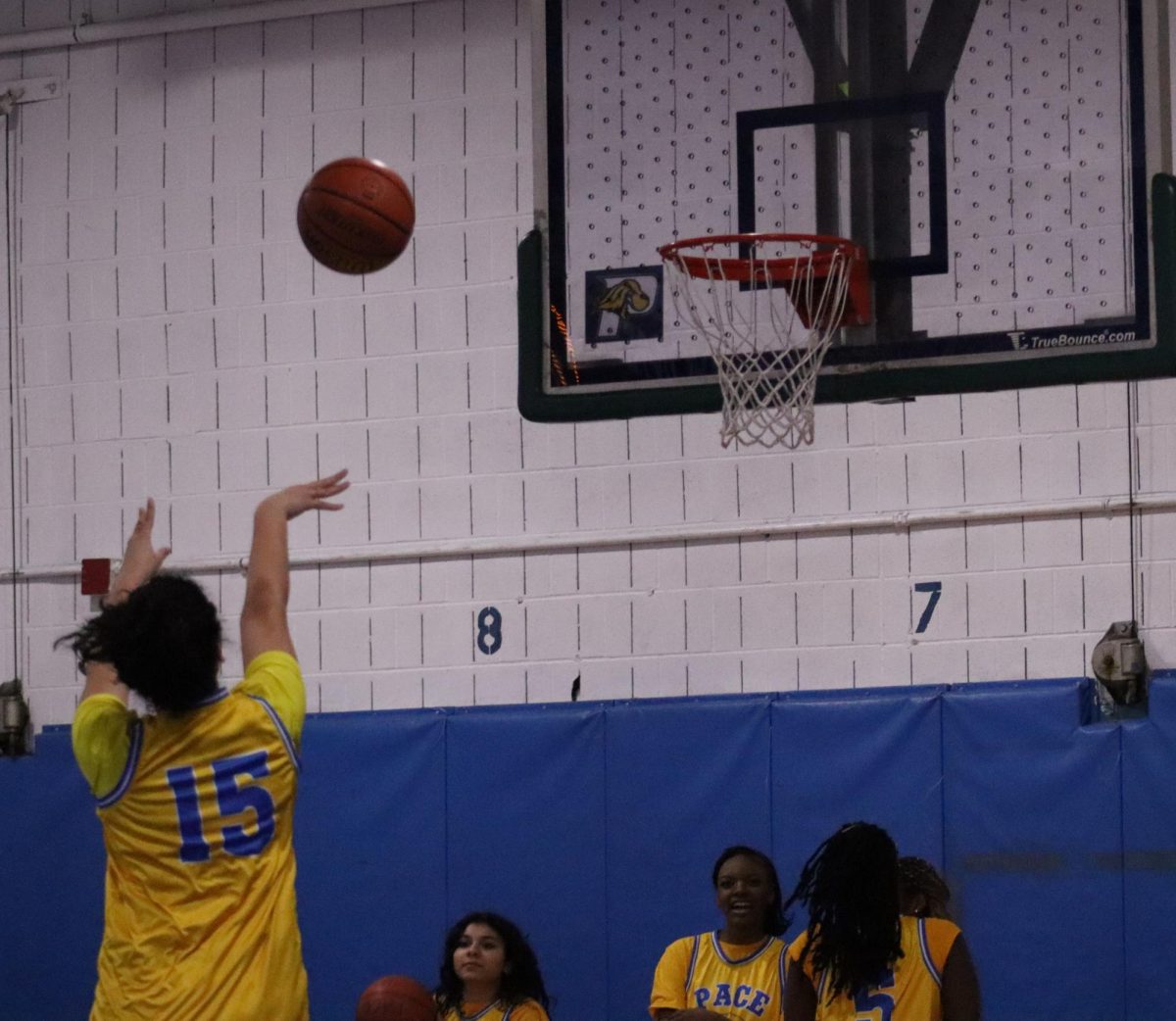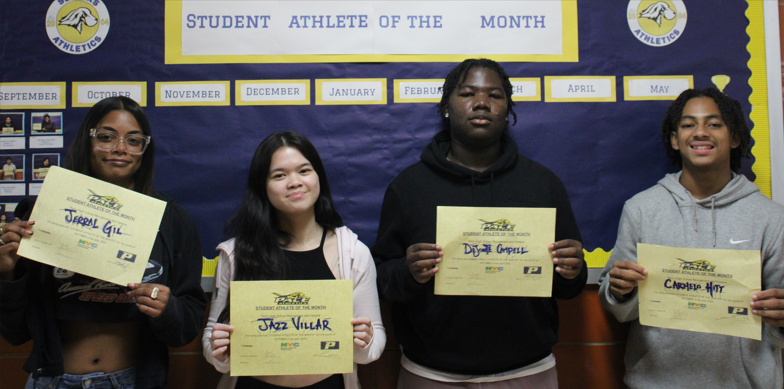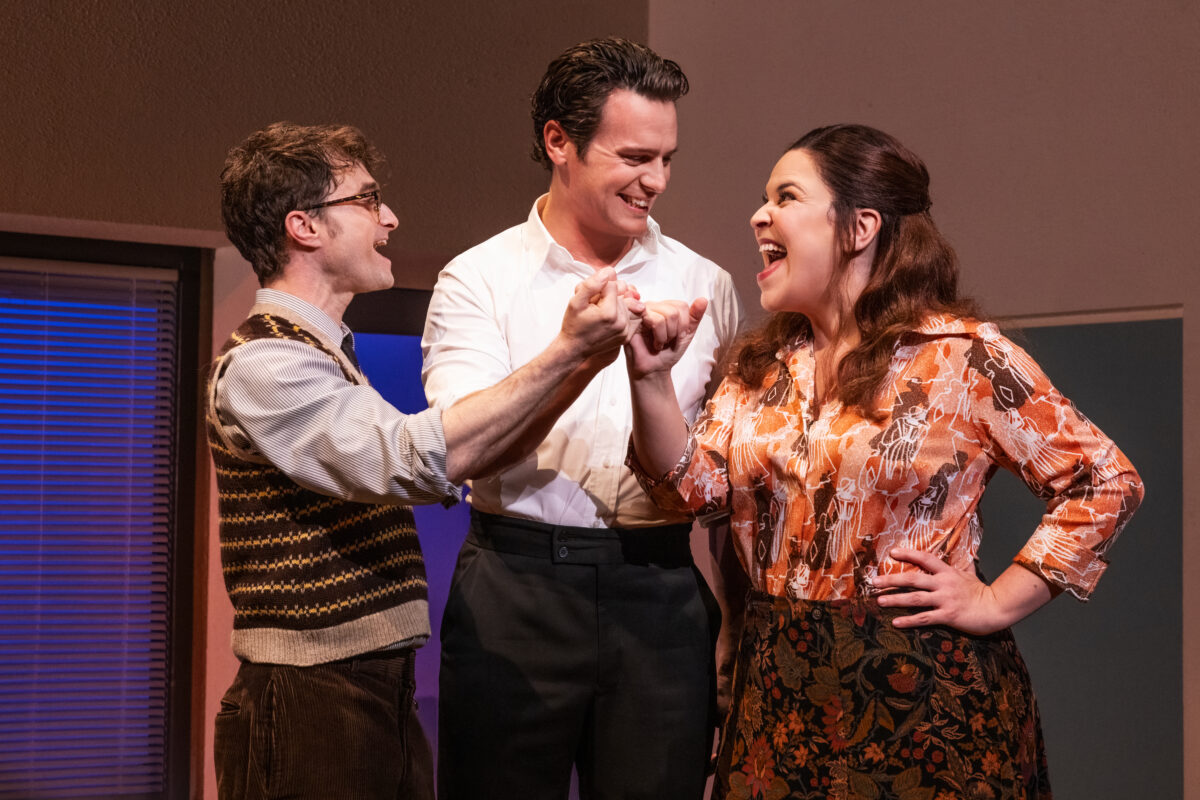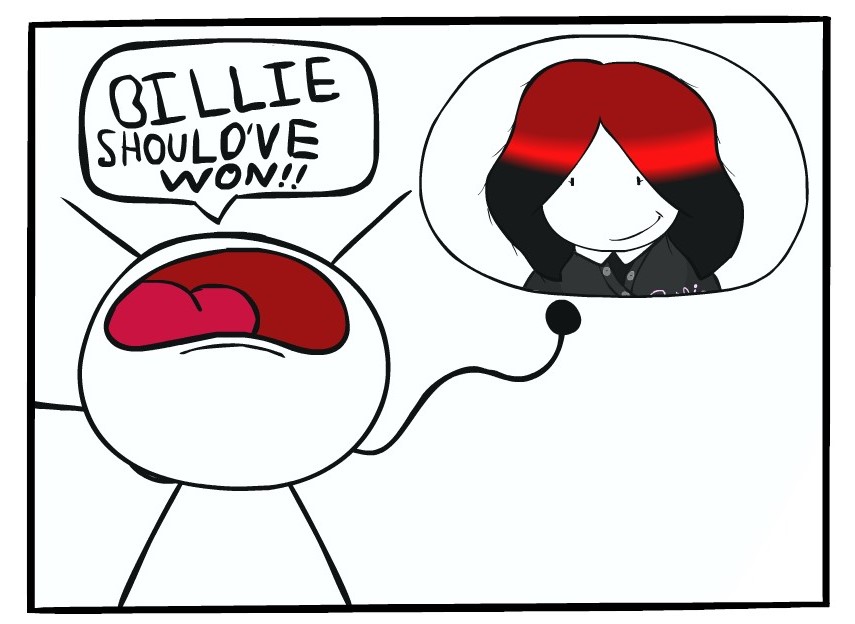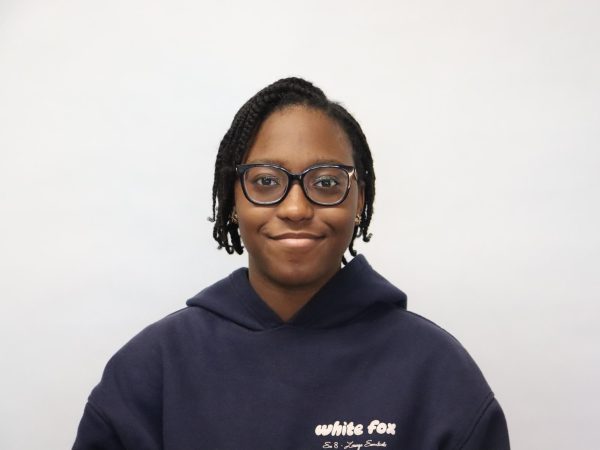Rating: ⭐⭐⭐⭐⭐
Stephen Sondheim’s “Merrily We Roll Along” is a spectacle to behold! The plot and delivery are brilliant as well as the compositions played throughout!
The original 1981 production of Sondheim’s play was not as successful or as popular as many of his other productions. This was because the original pieces Sondheim composed for this production were different from the music of the time and weren’t well received. Despite all, “Merrily We Roll Along” was Sondheim’s favorite of his productions.
The cast and Maria Friedman, Sondheim’s close friend, wanted to honor him and his legacy by reproducing his favorite play.
The show includes known actors that grew up listening to songs composed by Sondheim. These actors include Jonathan Groff, also known as King George in “Hamilton,” Daniel Radcliffe, most known for his performance as Harry Potter in the movie productions based on J.K. Rowling’s book series, and Lindsay Mendez, known from her role as Carrie Pipperidge in “Carousel.”
The play features Groff as Franklin Shepherd, Radcliffe as Charley Kringas, and Mendez as Mary Flynn.
Note: This review includes no spoilers. How do you spoil a story that begins at the end? The beginning of the play is its own spoiler.
Set between the years 1976 and 1957, “Merrily We Roll Along” is a backwards story of love, betrayal, and friendship. The plot of the show is engaging as it keeps the audience wondering “why?” As the play progresses, the audience gets more background and reason for their division. No “why” is left unanswered.
Sondheim’s idea to have the show acted out backwards was amazing. The show is still comprehensible and it immerses the audience in the play as they keep track of the years that go by. Audience members have to listen closely to the song breaks in between scenes to hear the year of the events.
The backwards progression of the play gives the illusion of an evolving friendship. The friendship trope seems to be enemies to friends. The audience watches as Mary is the only one in contact with both Charley and Franklin as they are no longer on good terms to their very first meeting.
As Franklin grows most popular of the trio, he becomes so consumed in his success and partying that his friends had noticed changes in the way he acted and how he worked.
Adolescence is a time of trial and error friendships for all teens. A time of confusion and self-discovery. We experience wonderful friendships and some not-so-great ones that fall apart for different reasons. “Merrily We Roll Along” may appeal to the hardships of balancing friendship with career aspirations and success. The betrayal in “Merrily We Roll Along” can be relatable and familiar to many teens.
Despite all, “Merrily We Roll Along” is a powerful story full of raw emotion. Ms. Banks, a grade 10 global teacher, remarked that “they’re going to win all the Tony’s!”
“Merrily We Roll Along” is a 10/10, must-see Broadway show!
Pace drama and AP literature classes attended “Merrily We Roll Along” on Dec. 5, 2023 with the support of Broadway Bridges.

